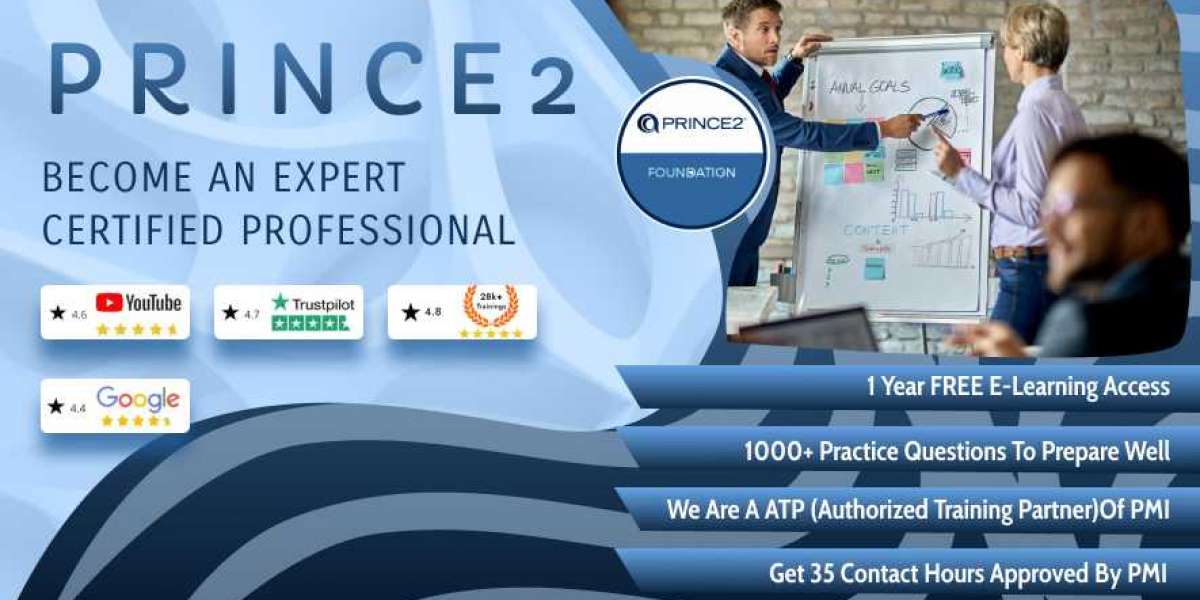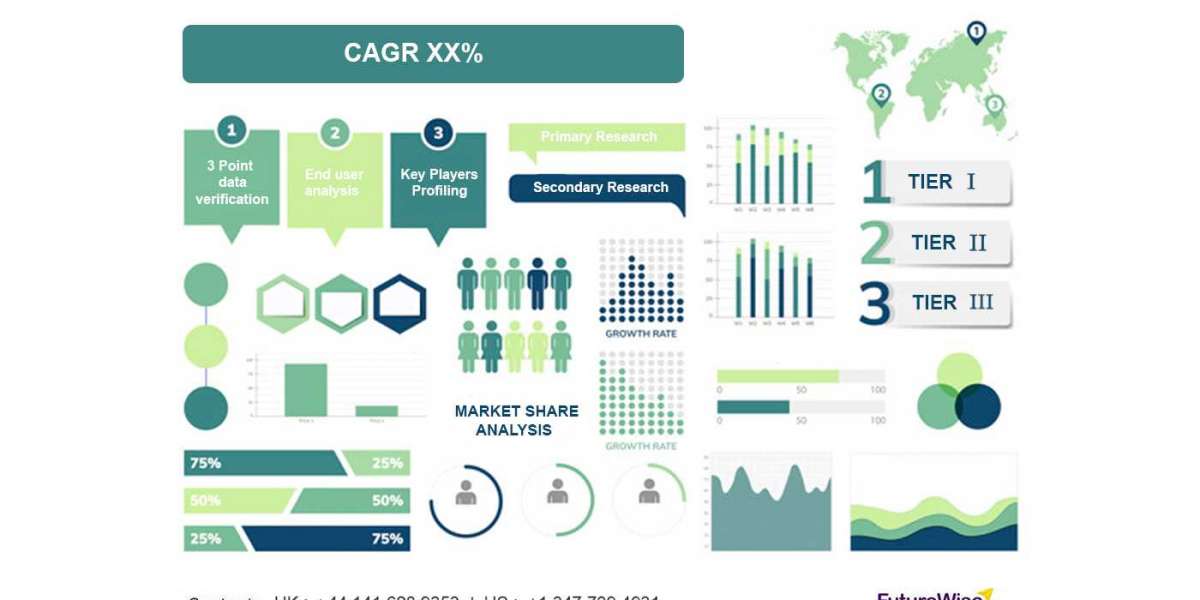In the realm of project management methodologies, PRINCE2 Agile stands out as a robust framework that combines the flexibility of Agile with the structured approach of PRINCE2. It offers a tailored approach to managing projects, especially in environments where change is constant and adaptability is crucial. Whether you're a seasoned project manager or new to the field, understanding PRINCE2 Agile can significantly enhance your ability to deliver successful projects. In this article, we delve into the key aspects of PRINCE2 Agile, exploring its principles, benefits, key components, and implementation strategies.
Understanding PRINCE2 Agile:
1. What is PRINCE2 Agile?
PRINCE2 Agile is an extension of the PRINCE2 certification (Projects in Controlled Environments) methodology, which is widely used for project management in various industries globally. It integrates Agile concepts and practices into the PRINCE2 framework, providing organizations with a structured yet flexible approach to managing projects.
2. Key Principles:
- Tailoring: PRINCE2 Agile emphasizes tailoring the methodology according to the specific needs and context of the project.
- Flexibility: It promotes flexibility by allowing project teams to adapt to changing requirements and environments.
- Continuous Improvement: PRINCE2 Agile encourages continuous improvement through regular reflection and feedback loops.
- Collaboration: The methodology fosters collaboration among cross-functional teams, stakeholders, and customers throughout the project lifecycle.
3. Benefits of PRINCE2 Agile:
- Enhanced Flexibility: PRINCE2 Agile enables teams to respond promptly to changes in requirements, technology, and market conditions.
- Improved Communication: The methodology promotes clear communication and collaboration among team members, stakeholders, and customers.
- Better Risk Management: PRINCE2 Agile provides a structured approach to risk management, helping teams identify, assess, and mitigate risks effectively.
- Increased Stakeholder Engagement: By involving stakeholders throughout the project lifecycle, PRINCE2 Agile ensures their needs and expectations are addressed proactively.
- Faster Delivery: Agile practices such as iterative development and incremental delivery help teams deliver value to customers more quickly and efficiently.
4. Key Components of PRINCE2 Agile:
- Roles and Responsibilities: PRINCE2 Agile defines clear roles and responsibilities for team members, including the product owner, Scrum master, and development team.
- Themes: The methodology incorporates the seven PRINCE2 themes, including business case, organization, quality, plans, risk, change, and progress, ensuring all aspects of project management are addressed comprehensively.
- Processes: PRINCE2 Agile adapts the seven PRINCE2 processes to suit Agile environments, providing guidelines for initiating, planning, executing, and closing projects.
- Practices: It integrates Agile practices such as Scrum, Kanban, Lean Startup, and Lean UX into the PRINCE2 framework, enabling teams to choose the most suitable approach based on their project requirements.
5. Implementation Strategies:
- Training and Certification: Organizations can invest in PRINCE2 Agile training and certification for project managers, team members, and stakeholders to ensure they have the necessary skills and knowledge to implement the methodology effectively.
- Pilot Projects: Conducting pilot projects allows teams to test the application of PRINCE2 Agile in real-world scenarios, identify areas for improvement, and refine their approach before scaling up.
- Continuous Improvement: Emphasize the importance of continuous improvement by encouraging teams to reflect on their experiences, gather feedback, and incorporate lessons learned into future projects.
- Tools and Technologies: Leveraging project management tools and technologies can streamline the implementation of PRINCE2 Agile by facilitating collaboration, communication, and tracking of project progress.
6. Challenges and Considerations:
- Cultural Change: Implementing PRINCE2 Agile may require a cultural shift within the organization, particularly if teams are accustomed to traditional project management approaches.
- Resource Allocation: Adequate resources, including skilled personnel, time, and budget, are essential for successful implementation and adoption of PRINCE2 Agile.
- Integration with Existing Processes: Organizations must carefully integrate PRINCE2 Agile with existing processes, frameworks, and methodologies to ensure compatibility and minimize disruption.
- Training and Support: Providing ongoing training, coaching, and support is critical to help teams navigate the complexities of PRINCE2 Agile and overcome implementation challenges effectively.
7. Case Studies and Success Stories:
- [Insert Relevant Case Study or Success Story]: Highlighting real-world examples of organizations that have successfully implemented PRINCE2 Agile can inspire and motivate others to adopt the methodology.
- Lessons Learned: Share insights, lessons learned, and best practices from organizations that have embraced PRINCE2 Agile, including tips for overcoming common challenges and maximizing benefits.
8. Conclusion:
PRINCE2 Agile offers a powerful blend of structure and flexibility, making it well-suited for managing projects in dynamic and uncertain environments. By integrating Agile principles and practices into the PRINCE2 framework, organizations can improve collaboration, enhance adaptability, and deliver value to customers more effectively. While implementing PRINCE2 Agile may pose challenges, the benefits of improved communication, stakeholder engagement, and faster delivery outweigh the initial hurdles. With careful planning, training, and support, organizations can leverage PRINCE2 Agile to drive innovation, achieve strategic objectives, and thrive in today's competitive marketplace.
In conclusion, understanding PRINCE2 Agile is essential for project managers and organizations seeking to adapt to the rapidly changing landscape of project management. By embracing its principles, leveraging its key components, and adopting effective implementation strategies, teams can enhance their ability to deliver successful projects and drive business value in an increasingly Agile world.









